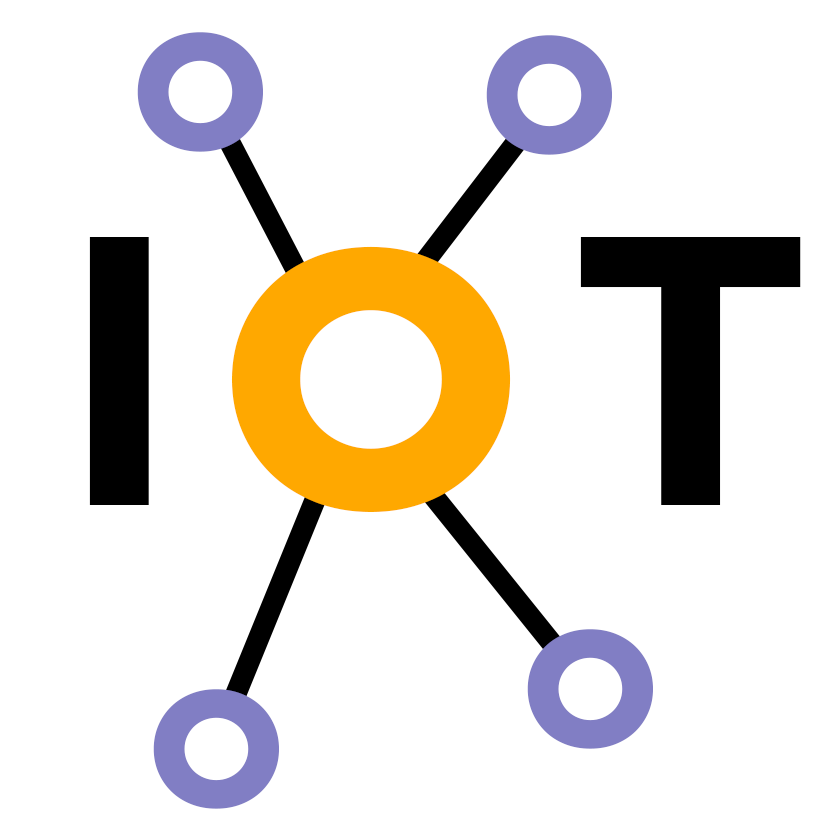Differences
This shows you the differences between two versions of the page.
| — |
iothings:laboratoare:2025:lab7 [2025/11/03 13:44] (current) dan.tudose created |
||
|---|---|---|---|
| Line 1: | Line 1: | ||
| + | ===== Lab 7. Unsupervised Learning in IoT ===== | ||
| + | |||
| + | Unsupervised learning is a type of machine learning where models work with data that hasn’t been labeled. Instead of learning from examples with known outcomes, the algorithm explores the structure of the data on its own, often identifying patterns, clusters, or anomalies. | ||
| + | |||
| + | In embedded development, unsupervised learning is becoming increasingly relevant. Devices like microcontrollers or edge AI chips can use these techniques to make smart, local decisions without needing constant cloud access or pre-labeled datasets. | ||
| + | |||
| + | ==== Why Use Unsupervised Learning on Embedded Devices? ==== | ||
| + | |||
| + | Embedded systems often operate in dynamic environments—factories, vehicles, wearables—where conditions can shift over time. It's not always feasible to collect labeled data for every possible situation. Unsupervised learning offers a way to adapt by: | ||
| + | |||
| + | * Finding hidden patterns in sensor data | ||
| + | * Grouping similar behaviors or signals | ||
| + | * Detecting unusual or unexpected activity | ||
| + | * Reducing the amount of data that needs to be transmitted or stored | ||
| + | |||
| + | By running these models directly on embedded hardware, systems can respond in real-time, save bandwidth, and improve privacy by keeping data local. | ||
| + | |||
| + | ==== Clustering: Finding Natural Groupings in Data ==== | ||
| + | |||
| + | Clustering is one of the most common unsupervised learning techniques. It involves organizing data into groups—or clusters—based on similarity. In embedded systems, this can help in: | ||
| + | |||
| + | * Classifying motion patterns in a wearable device | ||
| + | * Grouping environmental conditions from sensor arrays | ||
| + | * Identifying usage patterns in connected appliances | ||
| + | |||
| + | For example, a smart thermostat might cluster temperature and humidity data to recognize different types of weather patterns, without being explicitly told what those patterns are. | ||
| + | |||
| + | Algorithms like k-means, hierarchical clustering, or even lightweight neural networks can be adapted to run efficiently on embedded platforms, especially when paired with dimensionality reduction or data quantization. | ||
| + | |||
| + | ==== Anomaly Detection: Spotting the Unusual ==== | ||
| + | |||
| + | Anomaly detection is another valuable application of unsupervised learning. The idea is to learn what “normal” looks like, and then flag data that deviates from that baseline. This is especially useful in embedded systems for: | ||
| + | |||
| + | * Predictive maintenance (e.g., vibration monitoring in motors) | ||
| + | * Security (e.g., detecting unauthorized access patterns) | ||
| + | * Health monitoring (e.g., unusual heart rate or movement) | ||
| + | |||
| + | Since anomalies are rare and often undefined ahead of time, unsupervised methods can help by learning patterns from normal operation and identifying outliers on the fly. | ||
| + | |||
| + | Techniques like autoencoders, clustering-based thresholds, or statistical models are commonly used—and with optimizations, many of these can run on low-power edge devices. | ||
| + | |||
| + | ==== Challenges and Considerations ==== | ||
| + | |||
| + | Running unsupervised learning on embedded systems isn’t without trade-offs. Developers must consider: | ||
| + | |||
| + | * **Limited resources** – RAM, CPU, and storage are often constrained | ||
| + | * **Real-time requirements** – Models must be fast and responsive | ||
| + | * **Power consumption** – Especially in battery-powered devices | ||
| + | * **Model size and complexity** – Lightweight algorithms are preferred | ||
| + | |||
| + | Frameworks like TensorFlow Lite for Microcontrollers, TinyML, and Edge Impulse are making it easier to deploy models that are small, fast, and energy-efficient. | ||
| + | |||
| + | |||

